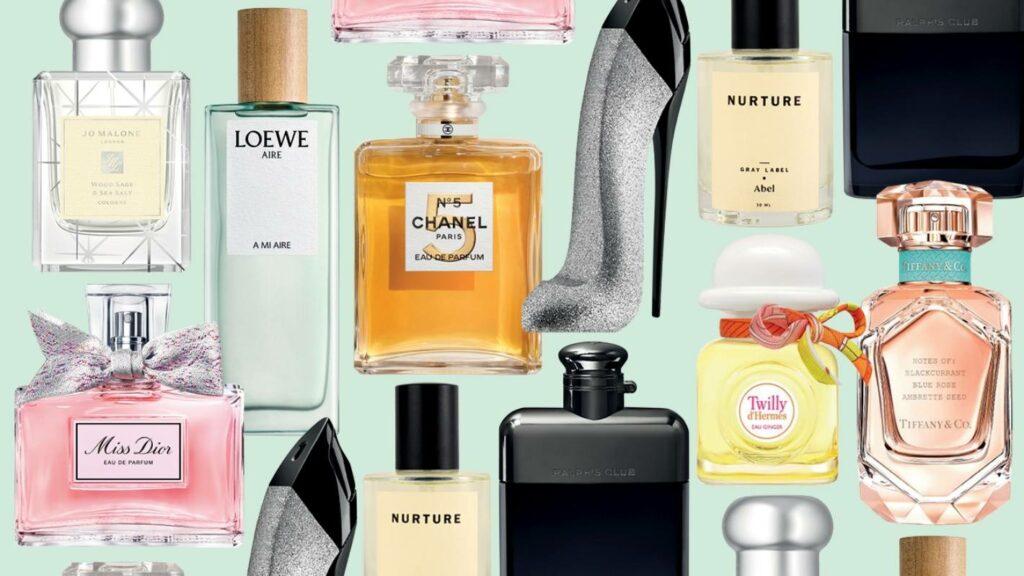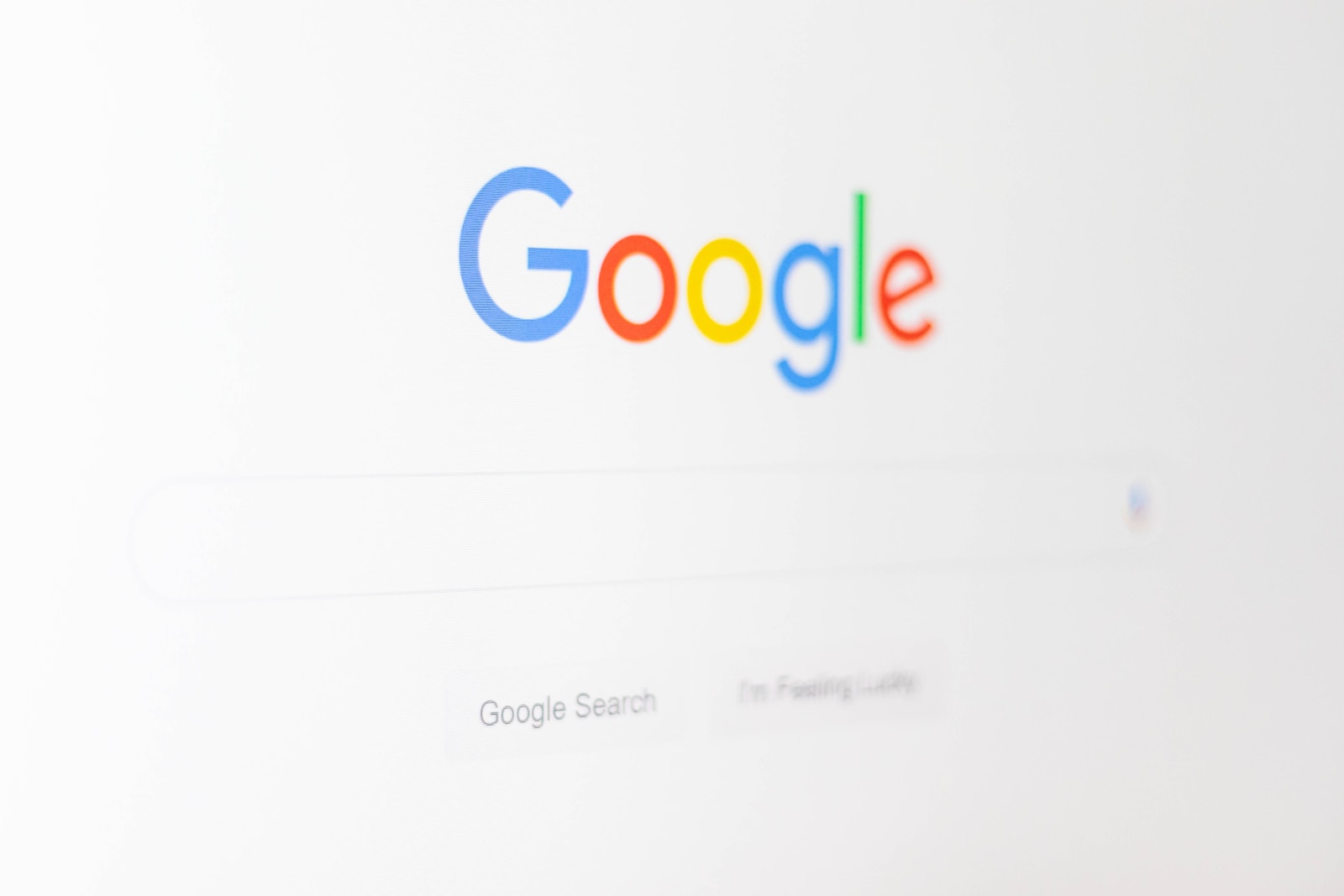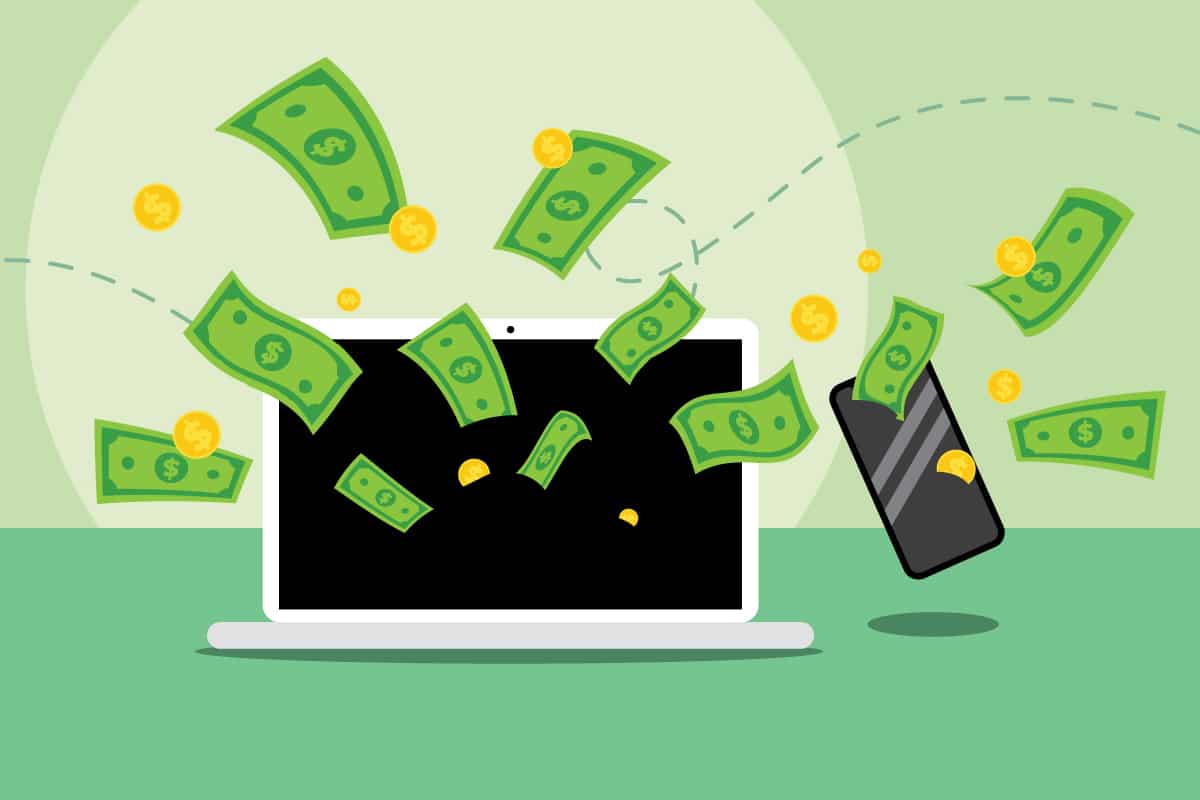Why do people pay ridiculous amount of money on a bottle of perfume? Some colognes are super expensive. We’re talking, paying 500$+ for a 2.5 OZ. What could make people pay such amount for something that can last up to 12 hours and that is, for niche perfumes.
Expensive perfumes often use high-quality ingredients and undergo meticulous craftsmanship. The use of rare or exclusive raw materials, precise blending techniques, and attention to detail can result in a fragrance that is perceived as exceptional in terms of scent, longevity, and overall experience.
Luxury perfumes are often associated with prestige, exclusivity, and a sense of sophistication. Some individuals are drawn to owning rare or limited-edition fragrances that are not readily available to the mass market. The exclusivity of these perfumes can create a sense of uniqueness and elevate one’s personal style or status.
Established perfume brands with a long history and a reputation for excellence often command higher prices. Consumers may be willing to pay a premium for a perfume from a renowned brand known for its heritage, quality, and consistency in delivering desirable fragrances.
But there are other reasons as well. The three reasons outlined below are what draws most people towards perfumes in the first place.
Packaging and Presentation:
The packaging and presentation of an expensive perfume can contribute to its perceived value. Luxurious materials, intricate designs, and attention to detail in the bottle, cap, and overall presentation can enhance the sensory experience and make the perfume feel more special.
Emotional Connection and Self-expression:
Fragrances have the ability to evoke emotions, trigger memories, and serve as a form of self-expression. Some individuals are willing to invest in a perfume that resonates with them on a deeper level, aligns with their personality or desired image, or helps them create a signature scent that becomes part of their identity.
Limited Availability and Collectibility:
Certain perfumes are released in limited quantities or as part of exclusive collections, making them highly sought after by collectors. The rarity and potential for future appreciation in value can motivate individuals to invest in these fragrances as a form of collectible or investment.
It’s important to note that personal preferences, subjective experiences, and individual perceptions of value play a significant role in determining why people are willing to pay a significant amount for a perfume. Each person may have their own unique motivations and reasons for investing in a particular fragrance.
How Does The Perfume Marketing Work


So, these expensive items are as pricey as they are, because they’re made using exclusive ingredients, additionally, you’re paying for the marketing, branding, history and prestige associated with owning it.
Perfume marketing involves a combination of strategies and techniques aimed at promoting and selling fragrances to consumers. Here are some key aspects of how perfume marketing works:
- Branding and Positioning: Perfume brands establish a distinct brand identity and position their fragrances within the market. This includes creating a brand story, values, and an image that resonates with the target audience. Branding helps differentiate the perfume from competitors and builds recognition and loyalty.
- Product Development and Packaging: Perfume companies invest in research and development to create unique and appealing fragrance compositions. They also design attractive packaging that reflects the brand’s image and appeals to consumers. The perfume’s name, bottle design, and overall aesthetic play a vital role in attracting attention and conveying the desired message.
- Marketing Channels: Perfume brands utilize various marketing channels to reach their target audience. These channels include traditional advertising platforms such as television, print media, and billboards, as well as digital channels like social media, online advertisements, and influencer marketing. Perfume brands also leverage public relations efforts, events, and partnerships to create buzz and generate awareness.
Scent side of perfume marketing includes things like:
- Scent Descriptions and Storytelling: Perfume marketing often involves using evocative language and storytelling to describe the scent and connect with consumers on an emotional level. Fragrance descriptions may evoke imagery, emotions, or specific experiences to help consumers imagine the fragrance’s character and allure.
- Sampling and Testing: Perfume brands understand the importance of allowing consumers to experience their fragrances firsthand. Sampling programs, such as offering miniature bottles or samples with purchases, allow customers to try the scent before committing to a full-size bottle. Perfume counters in department stores and specialty fragrance retailers also provide opportunities for customers to test and explore different fragrances.
People side of perfume marketing includes things like:
- Celebrity Endorsements and Collaborations: Perfume brands often collaborate with celebrities, influencers, or renowned perfumers to create special editions or signature fragrances. These collaborations can enhance brand visibility, tap into a celebrity’s fan base, and attract consumers who are drawn to the association with a particular personality or expert.
- Consumer Education and Reviews: Perfume brands may provide educational content to help consumers understand fragrance families, notes, and how to choose a scent that suits their preferences. Reviews and recommendations from fragrance experts, bloggers, or influencers can also play a role in shaping consumer perception and purchasing decisions.
- Retail and Online Presence: Perfume brands ensure their fragrances are available for purchase through various retail channels, such as department stores, specialty fragrance boutiques, and online platforms. They create engaging and informative product listings and leverage e-commerce platforms to reach a broader audience.
Perfume marketing is a dynamic and creative field, utilizing a mix of visual, sensory, and storytelling techniques to create desire and establish emotional connections with consumers. The goal is to build brand awareness, generate interest, and ultimately drive sales of the fragrance products.
Examples Of Successful Perfume Marketing


There have been many successful perfume marketing campaigns over the years that have captured attention and resonated with consumers. Here are a few examples of notable perfume marketing campaigns:
- Chanel N°5 – “The One That I Want”: This iconic campaign featured actress Audrey Tautou and showcased the timeless appeal of Chanel N°5. It blended elements of romance, mystery, and sophistication, capturing the essence of the fragrance and its association with elegance and luxury.
- Dior J’adore – “The Absolute Femininity”: This campaign featured Charlize Theron and portrayed the concept of absolute femininity. The visually stunning advertisements showcased the glamorous and confident image associated with the J’adore fragrance.
- Calvin Klein CK One – “Be a Part of It”: CK One’s marketing campaign emphasized individuality and breaking traditional gender norms. It resonated with the younger generation by promoting a unisex fragrance that represented freedom, inclusivity, and nonconformity.
- Dolce & Gabbana Light Blue – “Capri”: The Light Blue campaign featured a sensual and sun-soaked narrative set in the beautiful island of Capri. It portrayed a carefree and romantic lifestyle, captivating audiences with its stunning visuals and evocative storytelling.
- Viktor & Rolf Flowerbomb – “Explosion of Flowers”: The Flowerbomb campaign embraced the theme of an explosive and captivating scent. It featured a mix of bold visuals, enchanting storytelling, and a memorable tagline, “A floral explosion, a profusion of flowers.”
- Jean Paul Gaultier Le Male – “The Sailor”: This iconic campaign featured a unique bottle design and the image of a sailor, symbolizing masculinity and adventure. It played on the idea of traditional gender roles and attracted attention with its bold and unconventional approach.
- Thierry Mugler Angel – “Not a Perfume”: The Angel campaign challenged traditional perceptions of fragrance by positioning it as “not a perfume” but an experience. It celebrated individuality and offered a distinct and recognizable scent that stood out from the crowd.
Examples of Successful Perfume Marketing With Celebrities


There have been numerous successful perfume marketing campaigns featuring celebrities that have helped to generate buzz and capture consumer interest. Here are a few examples:
- Chanel N°5 with Brad Pitt: In 2012, Chanel launched a memorable campaign featuring actor Brad Pitt. The enigmatic and introspective ads featured Pitt speaking poetic lines about journeys and destiny, creating intrigue and a sense of mystique around the iconic fragrance.
- Dior J’adore with Charlize Theron: Charlize Theron has been the face of Dior J’adore for several years, embodying the elegance and allure associated with the fragrance. The campaign showcased Theron’s beauty and sophistication, while emphasizing the luxurious and feminine qualities of the perfume.
- Gucci Guilty with Jared Leto and Lana Del Rey: Gucci’s Guilty fragrance campaign featured actor and musician Jared Leto alongside singer Lana Del Rey. The campaign showcased a rebellious and sensual narrative, capturing the essence of the fragrance and appealing to a younger, edgier audience.
- Lancôme La Vie Est Belle with Julia Roberts: Julia Roberts became the ambassador for Lancôme’s La Vie Est Belle fragrance, embodying the joy and beauty of life that the perfume represents. The campaign highlighted Roberts’ natural elegance and charm, complementing the uplifting and optimistic message of the fragrance.
- Yves Saint Laurent Black Opium with Zoë Kravitz: Zoë Kravitz was chosen as the face of Yves Saint Laurent’s Black Opium fragrance, bringing her unique sense of style and individuality to the campaign. The edgy and glamorous ads reflected the allure and addictive nature of the fragrance.
- Paco Rabanne 1 Million with Nick Youngquest: The Paco Rabanne 1 Million campaign featured Australian rugby player-turned-model Nick Youngquest. The ads portrayed a seductive and confident image, capturing the attention of the target audience with the combination of masculinity and luxury.
What Are You Paying For When Buying An Expensive Cologne
When you purchase perfume, you are paying for several components and factors that contribute to its overall cost. Perfumes contain a variety of ingredients, including essential oils, aromatic compounds, solvents, and fixatives. The quality and rarity of these ingredients can greatly impact the cost of the perfume. Expensive perfumes often use high-quality and rare ingredients, which contribute to their unique scent profiles.
Creating a fragrance involves extensive research, development, and testing. Perfume houses invest significant resources in formulating, refining, and perfecting the scent. This includes the expertise of perfumers, lab technicians, and the production process itself, which can contribute to the cost of the perfume.
What you are paying for aside from the above include:
- Packaging and Presentation: The packaging and presentation of a perfume also add to its cost. Luxury fragrances often come in well-designed bottles made from high-quality materials, with attention given to details like caps, labels, and box packaging. The aesthetics and overall presentation play a role in enhancing the perceived value and premium positioning of the fragrance.
- Branding and Marketing: Established perfume brands spend considerable amounts on branding and marketing activities. This includes things such as advertising campaigns, celebrity endorsements, product placements, and promotional events. These efforts contribute to the overall cost of the perfume and help create brand recognition and desirability.
- Distribution and Retail Markup: Perfumes are distributed through various channels, including department stores, specialty fragrance retailers, and online platforms. Retailers often apply markups to cover their operational costs, such as rent, staffing, and inventory management. The distribution and retail markup can also influence the final price you pay for a perfume.
- Exclusivity and Limited Editions: Certain perfumes are marketed as exclusive or limited editions, with restricted availability. These fragrances may have unique features, packaging, as well as ingredients, making them more desirable and commanding higher prices.
It’s important to note that the cost of a perfume does not necessarily equate to its quality or personal preference. Different fragrances suit different individuals, and the price should be considered in relation to factors like the scent, longevity, and overall experience it offers.
Is An Expensive Cologne An Investment?
Buying an expensive cologne is generally not considered a financial investment in the traditional sense. Unlike tangible assets or financial instruments, cologne does not typically appreciate in value over time. However, there are a few factors that could potentially make buying an expensive perfume more valuable:
- Collectible or Limited Edition: Some perfumes, especially those released as limited editions or in collaboration with renowned perfumers or designers, may become sought-after collectibles. If the cologne gains popularity and its availability decreases over time, it could potentially increase in value among collectors.
- Discontinued or Vintage Scents: Perfumes that are discontinued or considered vintage may become harder to find and, hence, more valuable to fragrance enthusiasts. Certain discontinued colognes or those with a significant following may attract higher prices in the secondary market due to their rarity.
- Sentimental Value: For some individuals, the value of a cologne lies in the sentimental or emotional connection it holds. In case a particular fragrance holds special memories or is associated with important moments in one’s life, the personal value can be significant.
These factors apply to a limited number of colognes and are subject to market trends and individual preferences. The primary reason most people purchase an expensive cologne is for personal enjoyment, to express their style, or to enhance their self-confidence, rather than as a financial investment.
Some Of The Most Expensive Colognes
The prices of fragrances can vary over time, however here are 10 examples of some of the most expensive colognes available right now:
- Clive Christian No. 1 – Imperial Majesty Edition: Known as one of the most expensive perfumes in the world, this limited edition fragrance can cost several thousand dollars per bottle.
- Roja Parfums Haute Luxe: A luxurious and rare fragrance from Roja Parfums. Highly sought after and has a high price tag.
- Hermès 24 Faubourg: A prestigious fragrance from Hermès, known for its exquisite blend of floral and woody notes.
- Xerjoff Richwood: A luxurious and opulent fragrance from Xerjoff, featuring rich, unique ingredients.
- Clive Christian No. 1 – Pure Perfume for Men: A highly concentrated and luxurious fragrance from Clive Christian, renowned for its exquisite ingredients.
- Maison Francis Kurkdjian Oud Satin Mood Extrait de Parfum: A rich and captivating fragrance with oud and floral notes, created by the esteemed perfumer Francis Kurkdjian.
- Tom Ford Private Blend Collection: Tom Ford offers several fragrances in his Private Blend Collection known for their sophistication and high price range.
- Creed Royal Water: Part of the prestigious Creed fragrance line, known for its high-quality ingredients and craftsmanship.
- Amouage Gold: A luxurious and opulent fragrance from Amouage, showcasing the brand’s dedication to craftsmanship and quality.
- Chanel Les Exclusifs – Grand Extrait: Chanel’s Les Exclusifs line features several premium fragrances, with the Grand Extrait versions commanding higher prices.
Conclusion
Buying an expensive cologne is primarily driven by personal preferences, style, and the desire to experience a high-quality fragrance. While the cost of a perfume includes factors such as ingredients, development, packaging, branding, and marketing, it is not the financial investment most think it is. Unless, the value increases over time, which is not the case for most perfumes.
However, there are instances where certain colognes may gain value as collectibles or if they become discontinued or considered vintage. Additionally, the sentimental or emotional value associated with a specific fragrance can be significant to an individual.
Ultimately, the decision to purchase expensive colognes or perfumes should be based on personal enjoyment, the scent’s appeal to you, and its ability to boost confidence and enhance your overall experience.





















Leave a Reply
View Comments